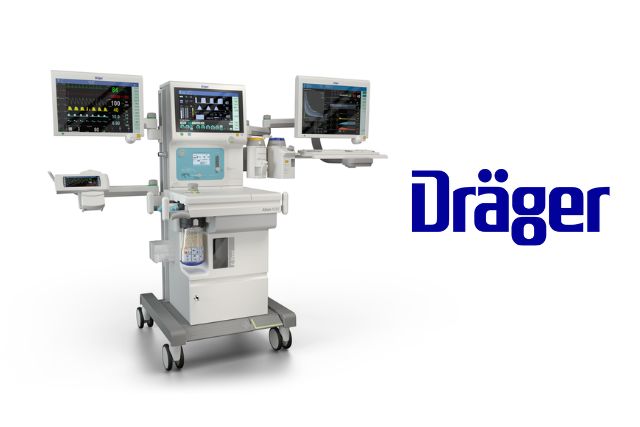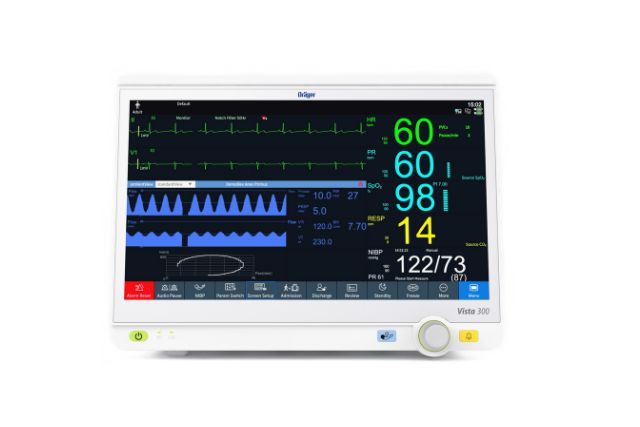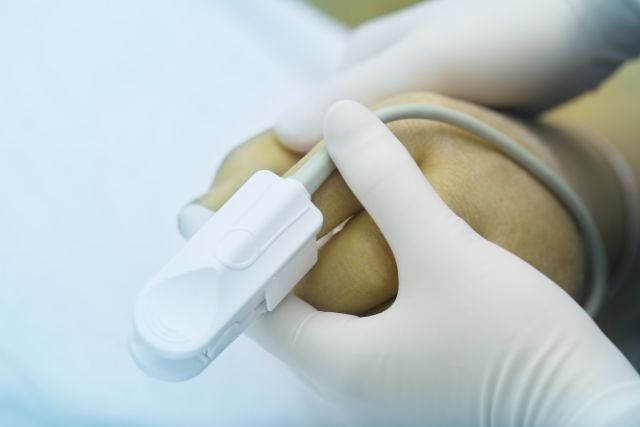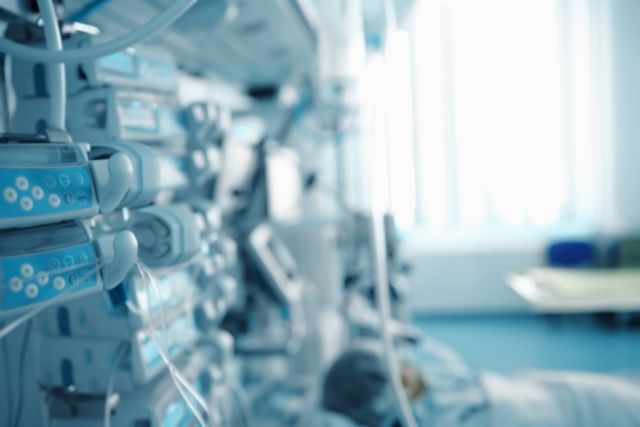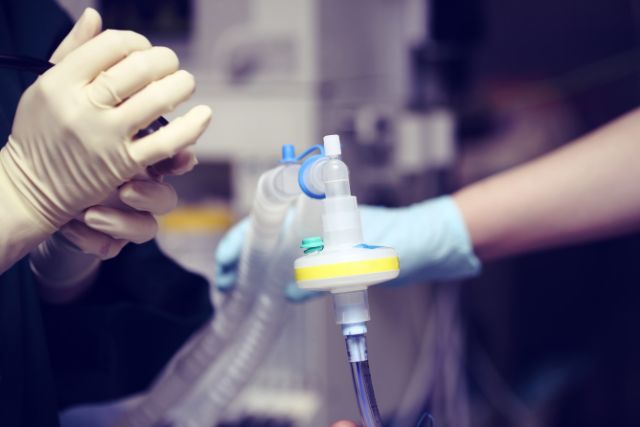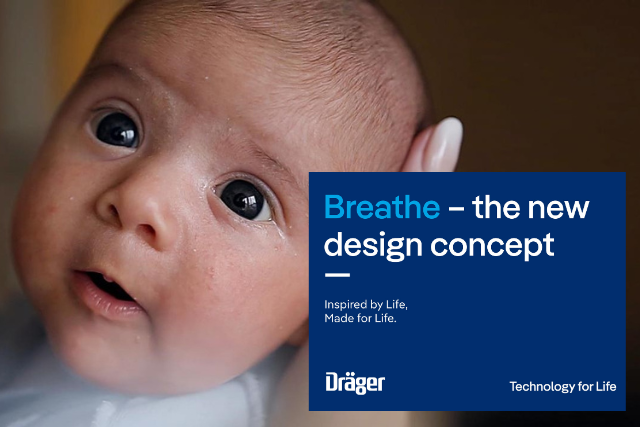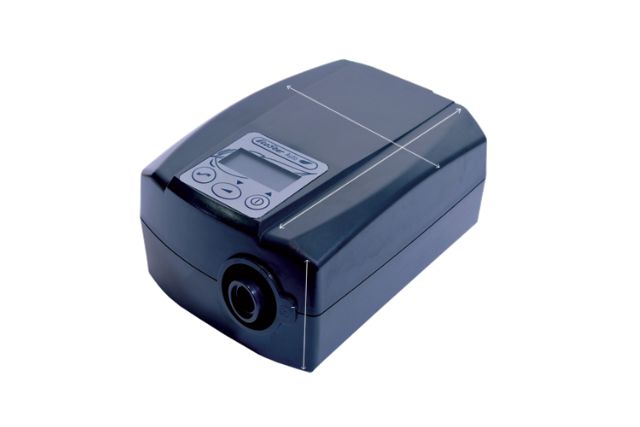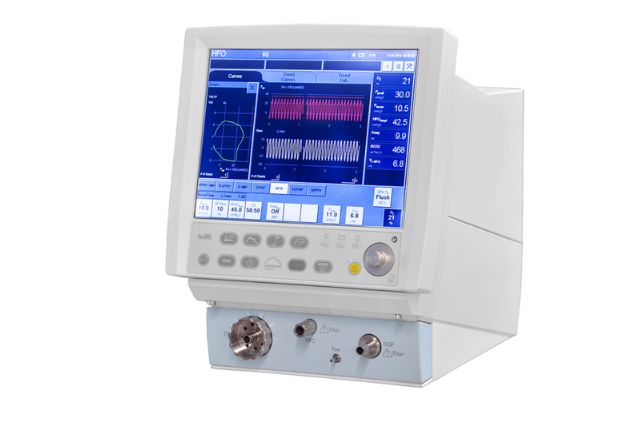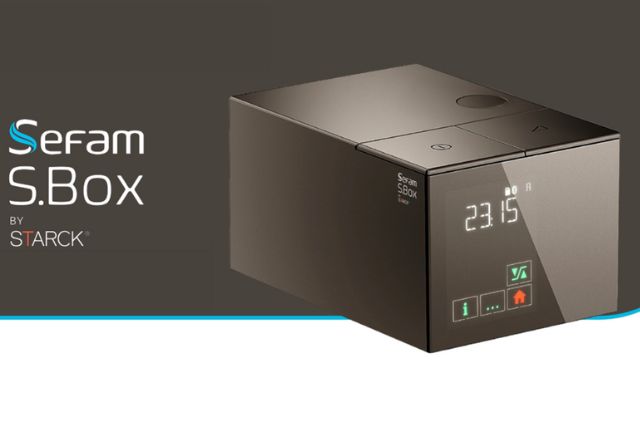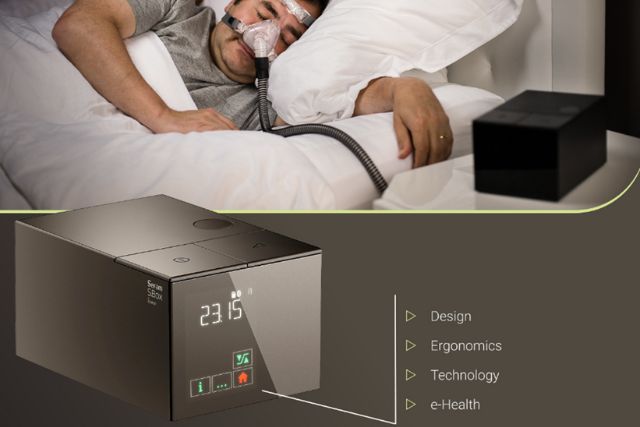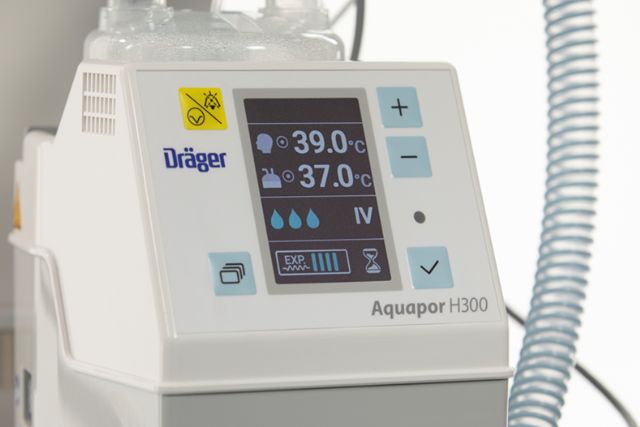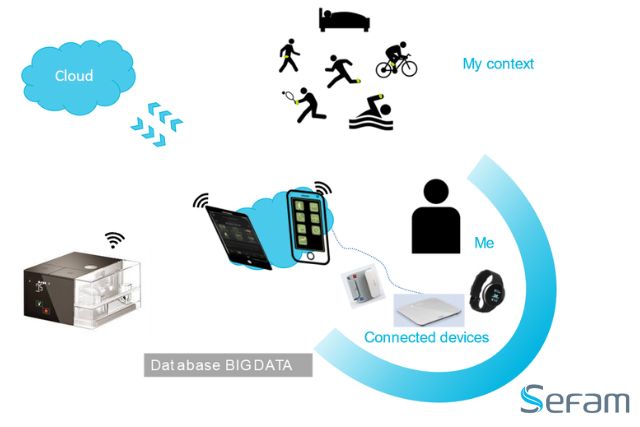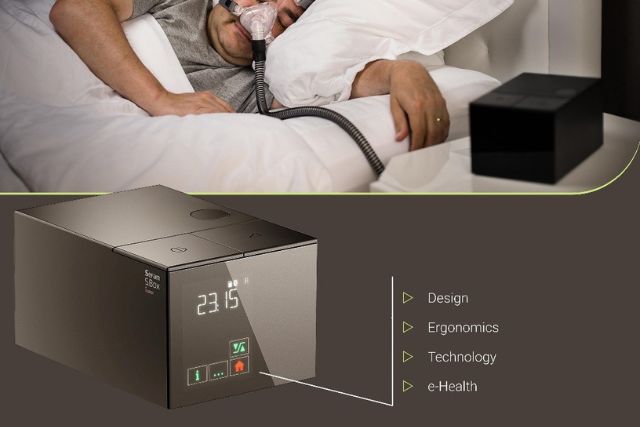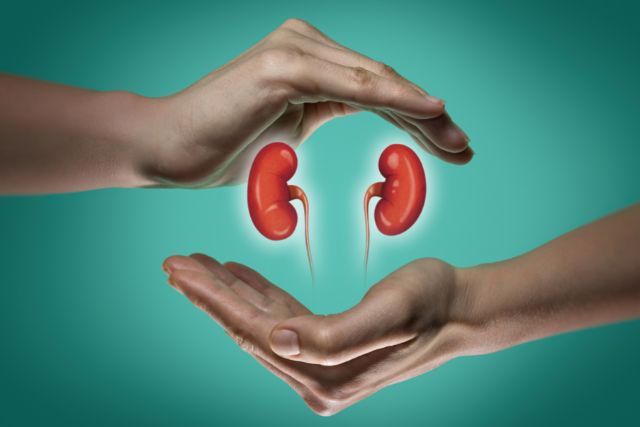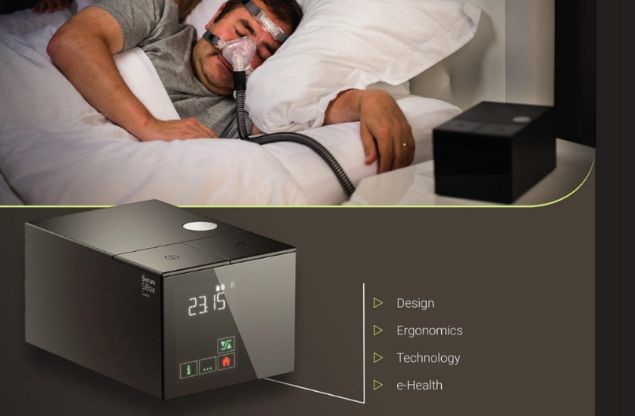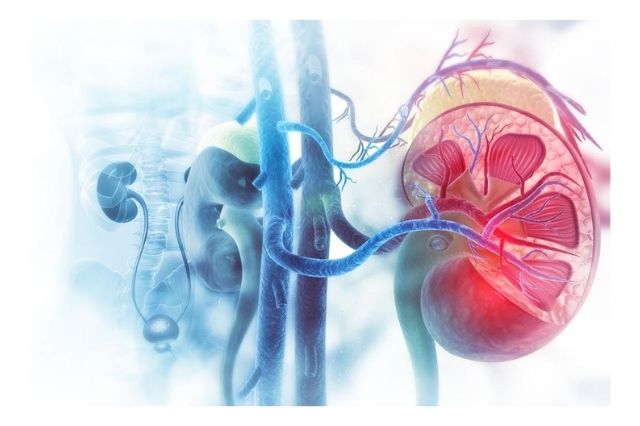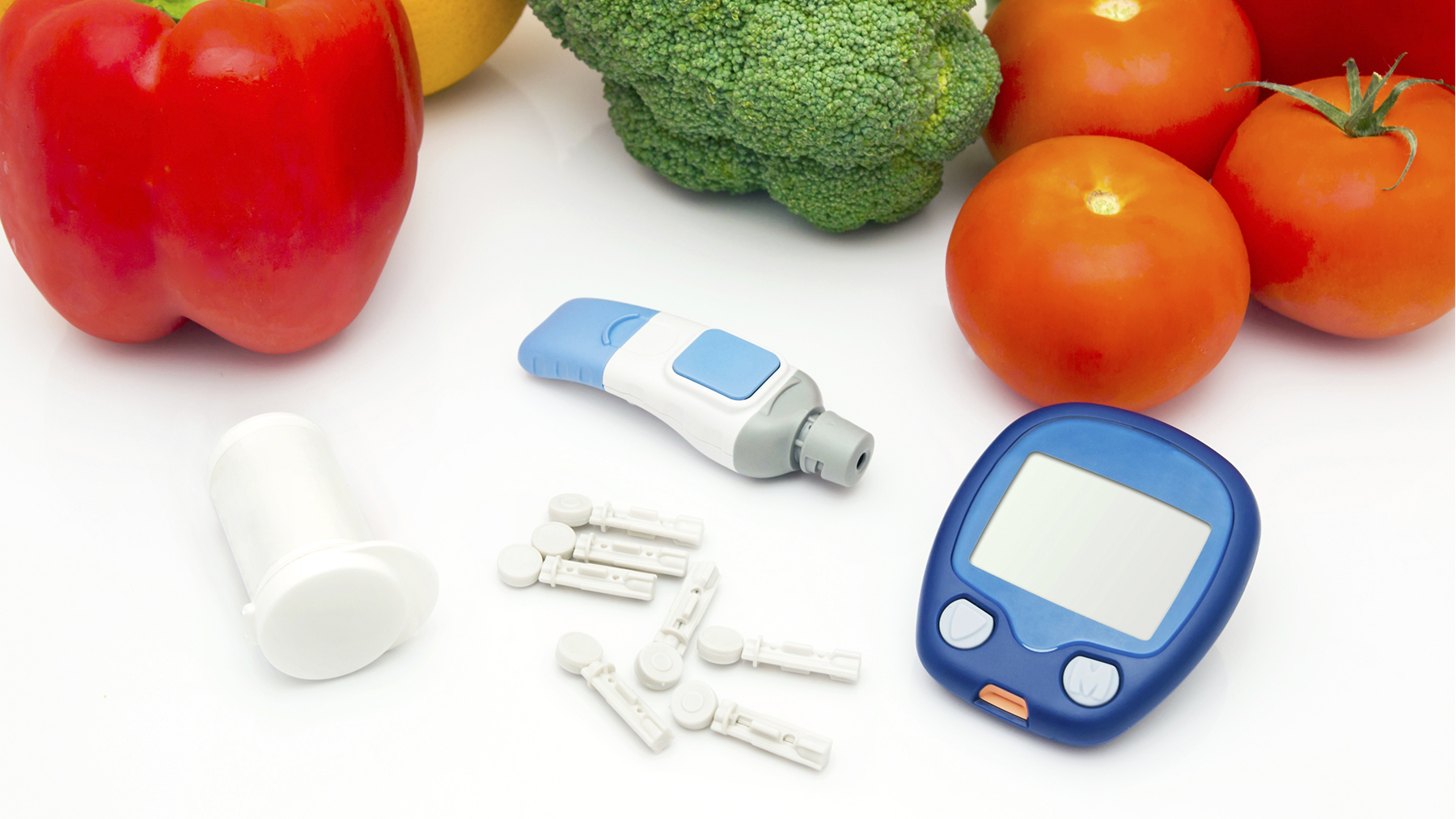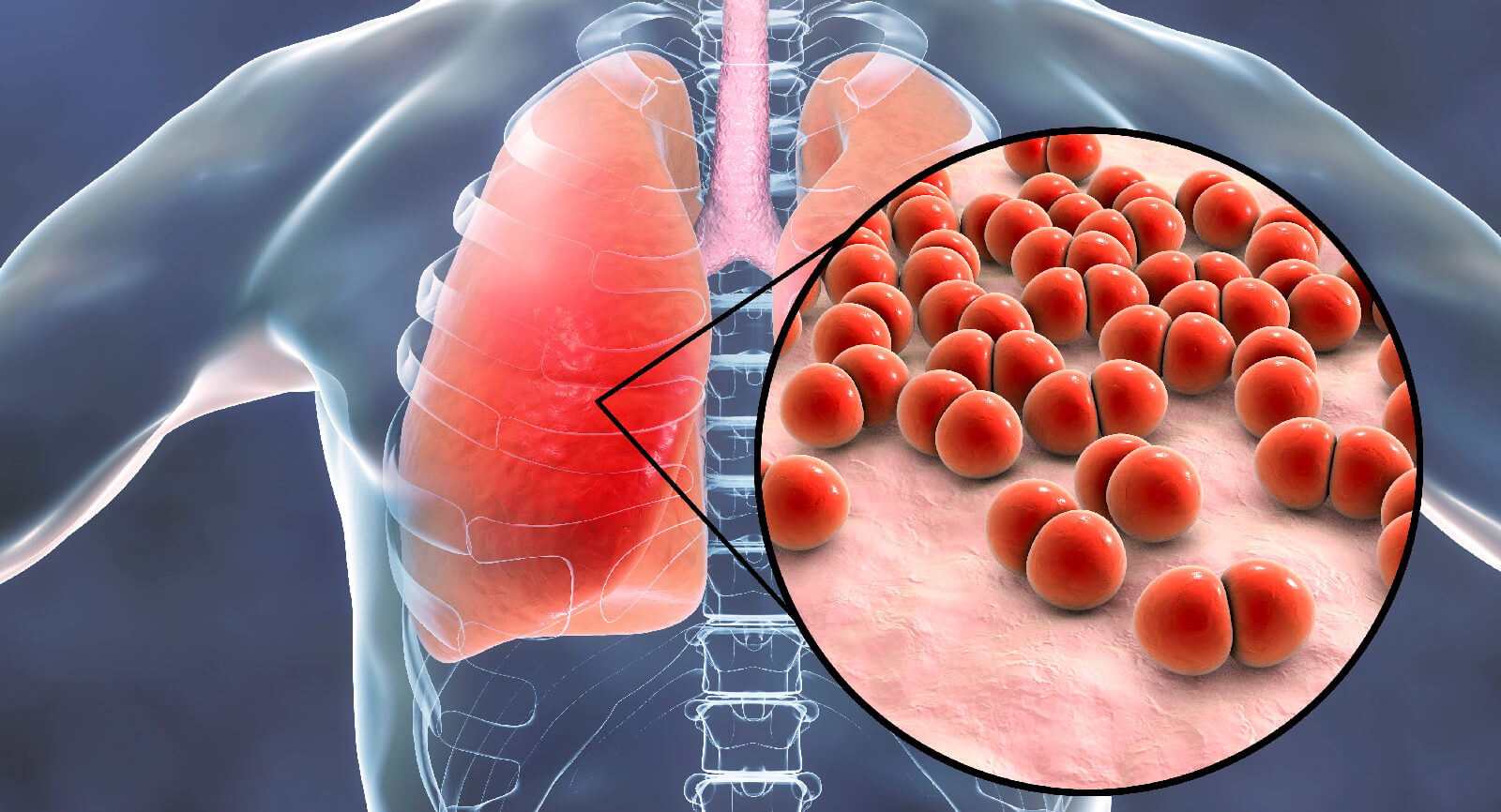Postoperative pulmonary complications (PPCs) are among the most frequently occurring complications in general anaesthesia. Research has shown the benefits of a lung-protective airway in operating rooms in relation to the reduction of PPC.
Benefits of low flow anaesthesia over high flow anaesthesia with regards to lung protection.
The upper respiratory tract plays an important role in acclimatizing the inhaled gas as the respiratory epithelium of the lower respiratory tract changes towards the terminal bronchioles, successively decreasing the capability to humidify and warm the inspired gas. During anesthesia, however, the upper respiratory tract is bypassed by endotracheal intubation or a laryngeal mask, leaving the lower respiratory tract potentially overcharged with the task of adequately acclimatizing the cold and dry gas applied during high flow anaesthesia. Mechanical ventilation with cold and dry gas can thus lead to damage of the lung parenchyma.
Cold and dry respiratory gases reduce ciliary activity in the respiratory epithelium. The reduction of mucociliary clearance can lead to atelectasis and infections, conditions referred to as postoperative pulmonary complications. Warming and humidifying the respiratory gases using low-flow anesthesia can reduce these negative effects on the respiratory epithelium.
Further, the use of low-flow anaesthesia can significantly reduce consumption of volatile anaesthetic agents as well as nitrous oxide and oxygen. Apart from potential cost savings, the negative ecological effects of volatile anaesthetic agents can be reduced. The use of a low fresh gas flow rate maximizes rebreathing of exhaled anaesthetic gas and is less costly than a high flow rate. Data from various studies confirm a cost reduction between 55% and 75% if the fresh gas flow is reduced from 4 to 1 L/min.
Draeger Atlan anaesthesia machines offers numerous features to support the anaesthetist to protect the patient’s lungs during surgery. It also supports the safe and efficient application of low- and minimal-flow anaesthesia by using its Econometer to make the users aware of fresh-gas flow deficits and surpluses. Moreover, it provides a very leak-tight breathing system as well as a sample-gas recirculation function. Atlan also comes with a heated breathing system to reduce condensation.
To know more about Dräger Atlan® A350/A350 XL | Draeger– Click here.
About Dräger. Technology for Life®
Dräger manufactures medical and safety technology products. In so doing, we protect, support, and save people’s lives around the world in hospitals, with fire departments, emergency services, authorities, and in mining as well as industry. Founded in Lübeck in 1889, Dräger has grown into a worldwide, listed enterprise in its fifth generation as a family-run business. Dräger has more than 15,000 employees worldwide and is present in over 190 countries around the globe. In 2020, the company generated net sales of around EUR 3.4 billion. Dräger technology is used all over the world. We operate in around 50 countries with our own sales and service companies directly on location where our customers are.







